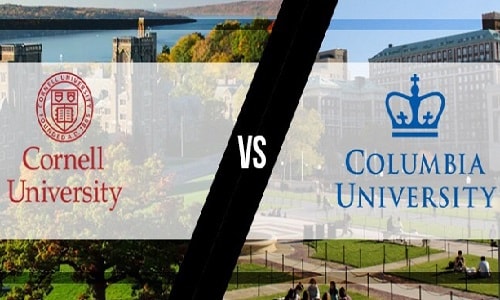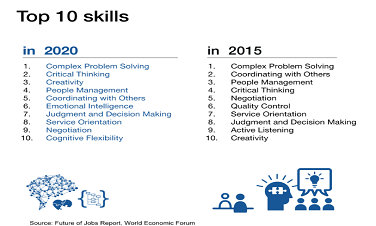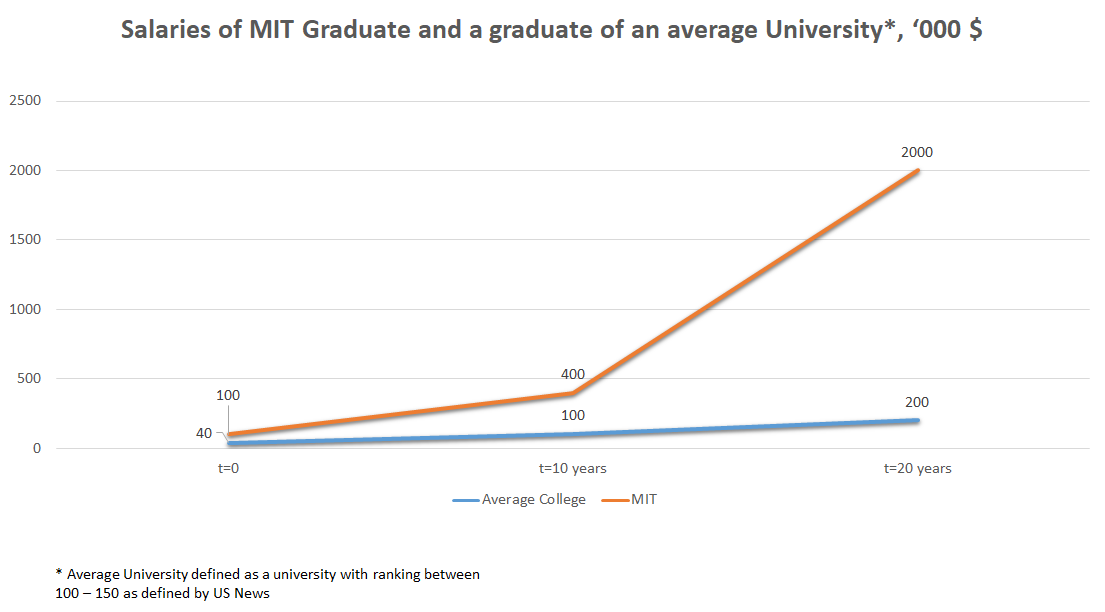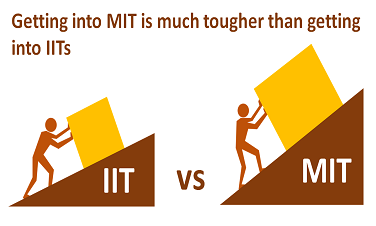Test Blind: A Shift Away from Standardized Examinations
- Written by UnivAdmitHelp
- Category: Insights & Information
- Published on 13 Jun 2024
The U.S. college admission process is multifaceted and highly competitive. Student selection focuses on academic rigor, extracurricular activities, co-curricular involvement, and letters of recommendation. Traditionally, colleges have used SAT and ACT scores to determine university readiness. However, many institutions are now adopting test-blind admissions policies to promote inclusivity and accessibility.
Test Blind vs. Test Optional
Scoring a perfect 1600 on the SAT but applying to a test-blind college means that score won’t be considered at all. Test-blind colleges ignore standardized test scores entirely. Conversely, at test-optional colleges, students can choose to submit their scores, and a high score can enhance their admission chances.
In summary, test-optional schools allow standardized test scores to play a significant role, whereas test-blind schools completely disregard them, regardless of the score.
Examples of Test-Blind Colleges
- Caltech
- University of California
- Pitzer College
- Worcester Polytechnic Institute
- Reed College
- Dickinson College
Examples of Test-Optional Colleges
- Harvard
- Stanford
- Yale
- Brown
- Princeton
- MIT
- Duke
- University of Chicago
- University of Pennsylvania
- Olin College of Engineering
- Dartmouth
- Northwestern
- Cornell
- Columbia
- Rice University
- Vanderbilt University
- Johns Hopkins University
- University of Southern California
- Williams College
- Pomona College
- Amherst College
- Wellesley College
- Swarthmore College
- Bowdoin College
- Claremont McKenna College
The above lists are indicative, not exhaustive. Always check the universities' test policies on their official websites as they may change.
Impact on the Admission Process
The shift to test-blind policies has significantly changed the college admissions landscape, especially for international students. Understanding these changes is crucial.
Pros
-
Holistic Review: Test-blind policies promote a comprehensive evaluation of applications. They focus on:
- Academic Performance: Consistent or improving grades indicate a student's preparedness for college.
- Extracurricular Activities: Participation in sports, clubs, and volunteer work demonstrates leadership and commitment beyond academics.
- Personal Essays: Essays reveal a student's personality, commitment, and communication skills, offering a unique perspective on the applicant.
- Letters of Recommendation: These letters validate a student's academic and extracurricular achievements, providing credibility to the application.
-
Emphasis on Equality and Access: Standardized tests often advantage wealthier students who can afford extensive preparation resources. Eliminating these tests levels the playing field, offering equal opportunities to all students.
Cons
The advantages also come with drawbacks:
- Increased Subjectivity: Relying on letters of recommendation and personal essays can introduce bias, especially with the rise of AI-assisted writing.
- Pressure on Students: Balancing academics and extracurriculars can increase stress.
- Challenges for International Students: Without standardized tests, comparing applicants from different educational systems becomes more difficult.
Conclusion
While test-blind admissions aim for a fairer and more comprehensive evaluation process, they also introduce challenges. Increased subjectivity, potential bias, heightened pressure on non-academic components, and difficulties in comparing international applicants are key concerns. Awareness of these issues can help students prepare better applications and guide educational institutions in refining their admissions processes to ensure fairness and effectiveness.
Recent Posts
-
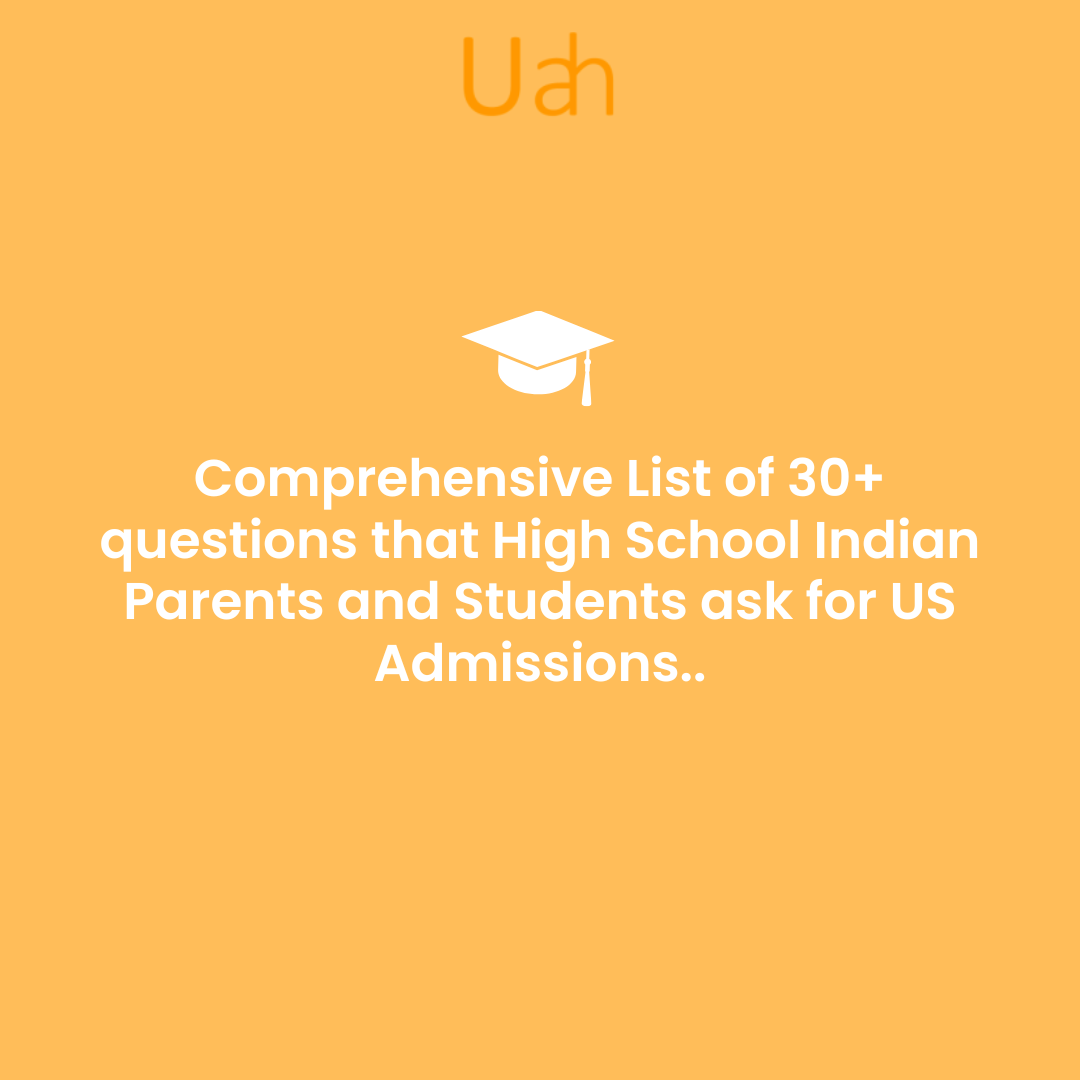
Comprehensive List of 30+ questions that High School Indian Parents and Students ask for US Admissions..
-
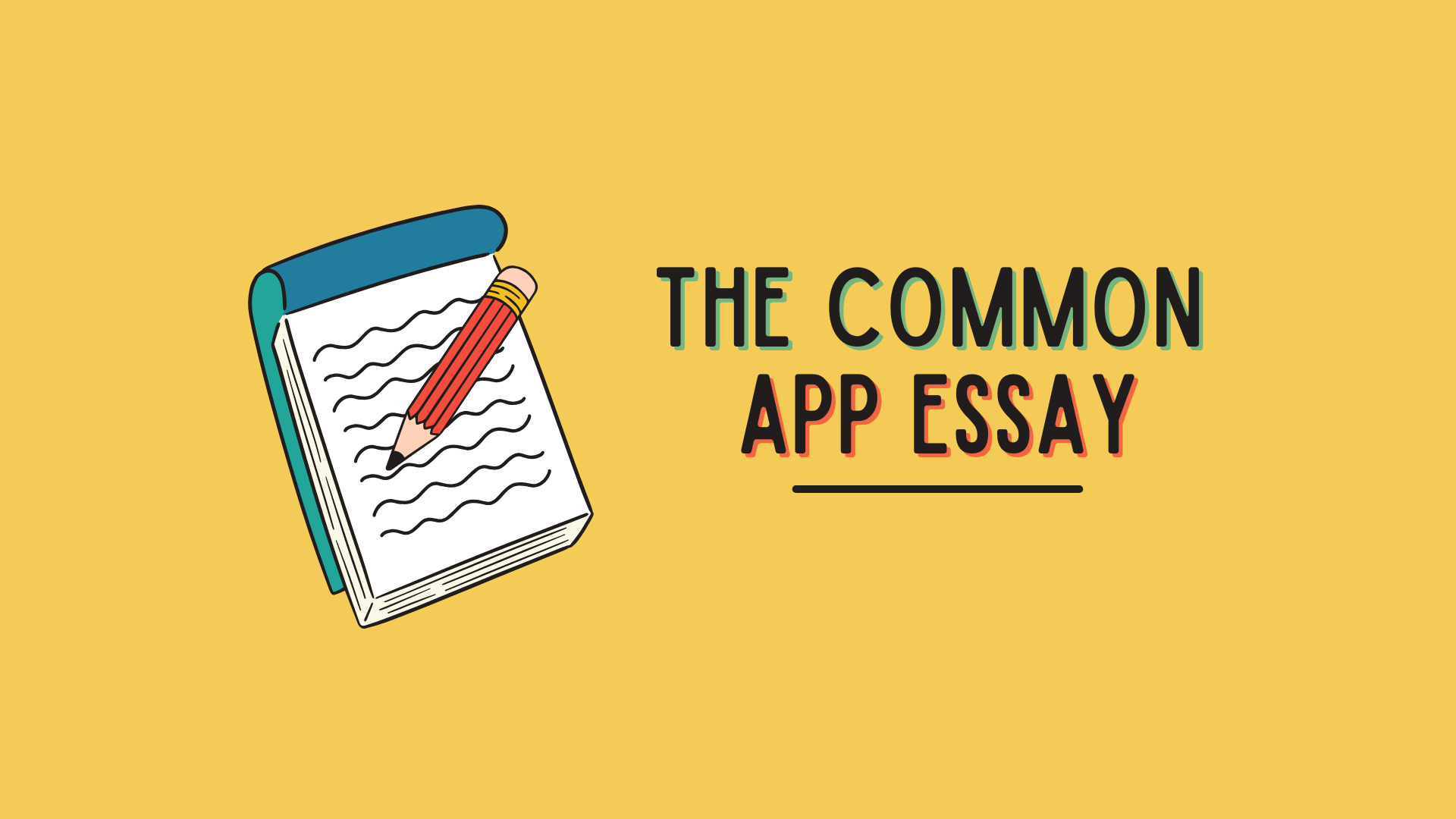
Common App Essay Tips 2025
-

Best extra-curricular activities for college admission for Indian students
-

How Many Universities Should You Apply To? Expert Tips for U.S. and U.K. Admissions for Indian Students
-

Step-by-Step Guide to Creating an Exceptional Capstone Project for Indian Students
